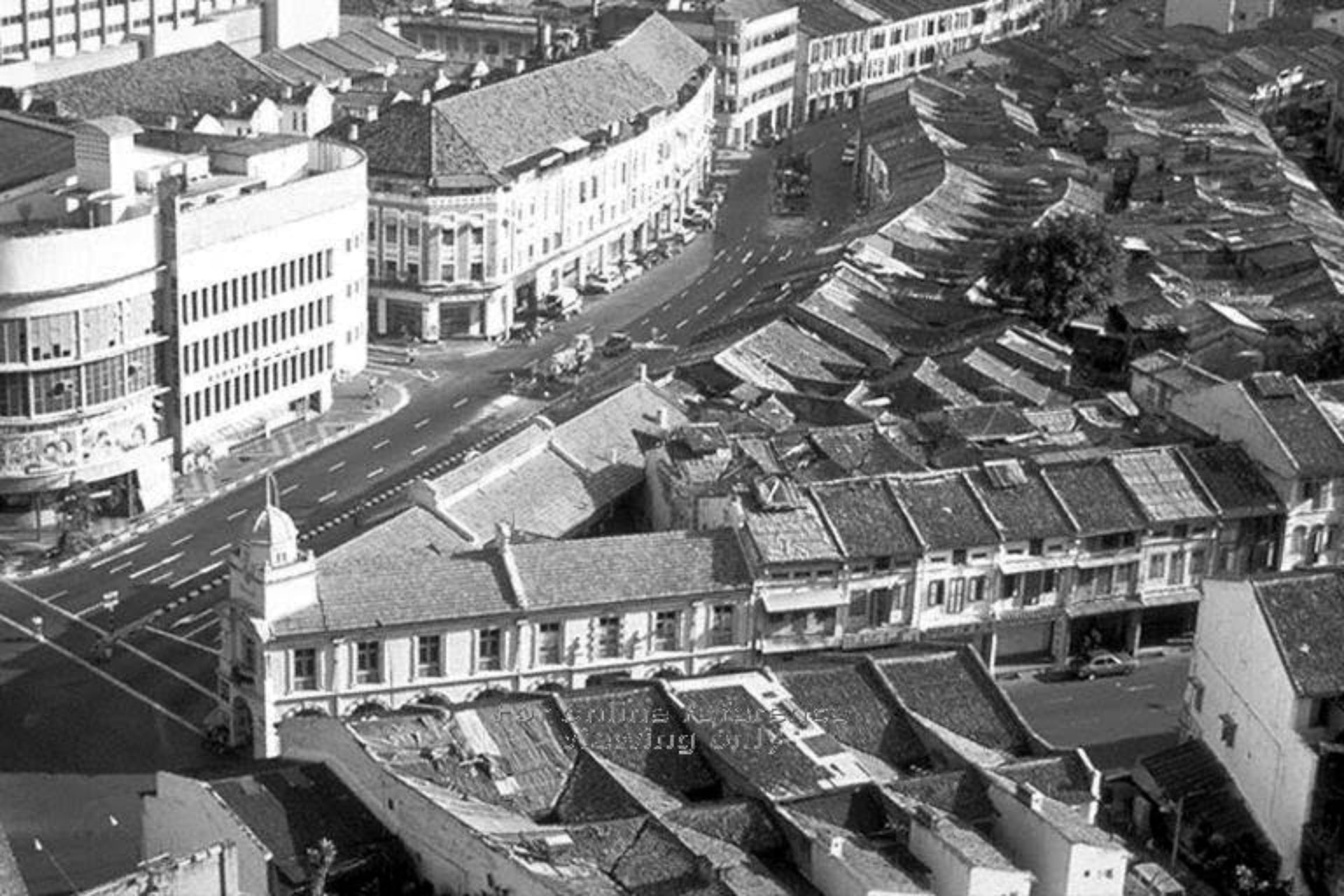




Iconic Landmarks near the Hotel

Jinrikisha Station
Located at the junction of Neil Road and Tanjong Pagar Road, the Jinrikisha Station was built in 1903 and opened the following year, serving as the main depot for rickshaws. Today, there are restaurants, pubs and offices in the building.

Maxwell Food Centre
Started as a wet market in 1929 dealing mainly with fresh produce, it has evolved into one of Singapore's most popular food centres, offering local hawker food , including Hainanese chicken rice, fish porridge, oyster cakes and Nyonya pastries.

Buddha Tooth Relic Temple
Located in the Chinatown district, the Buddhist temple and museum complex was built in 2007 based on the Tang dynasty's Chinese Buddhist architectural style to house the historical Buddha's tooth relic.

Fairfield Methodist Church
Originally Metropole (Jing Hwa Cinema), was one of Chinatown’s notable cinemas. Designed by Wong Foo Nam and completed in 1958, the church acquired it in 1985. Despite renovations, most original spaces remain intact.

Sri Mariamman Temple
In the Chinatown district, Singapore's oldest Hindu temple was built in 1827 by Narayana Pillai. It is known for its gopuram (ornamental tower) and annual fire-walking ceremony (Theemithi). Originally built for South Indian immigrants, it remains a key religious site.